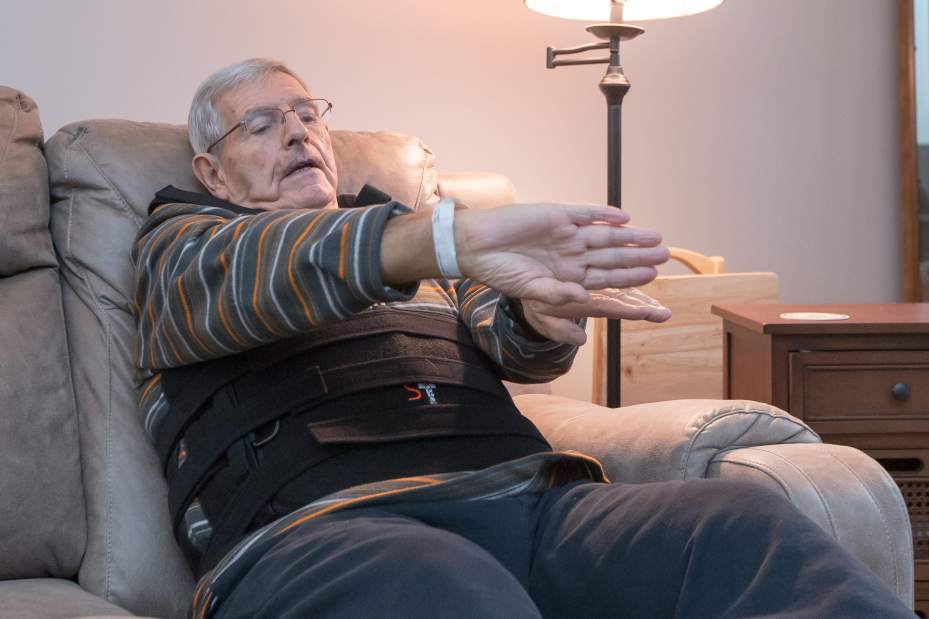72-year-old Charles Cosgrove, a hiking safety instructor, set out for a day hike at Crescent Lake not far from his home in New Britain, Connecticut. During the hike, he slipped on some wet leaves on the trail and fell some 30 feet onto a large rock. He suffered a multitude of scrapes and bruises, a gash in his knee, a broken rib, and even a broken vertebrae. Despite his age, injuries, and remote location, Cosgrove survived. Cosgrove, his family, and rescuers all agree that his preparedness is what gave this story its happy ending. Here is what we can learn from his experience.
- Even though Cosgrove was only planning on a short hike he brought his cell phone with him and fully charged it before leaving.
- Despite having done the same trip hundreds of times before, and feeling completely comfortable on the trail, he brought an emergency pack with him which included blankets, an extra jacket, first aid supplies, and some water.
- He was able to utilize the supplies he had on him to provide himself with first aid and stop his bleeding.
- He used his cell phone to call 911, and because he knew exactly where he was, he was able to give them his location and get rescued much faster. Rescuers said that it would have taken several hours to search had he not given them his location.
Charles Cosgrove was able to survive because of a combination of being equipped, and being prepared with the knowledge of how to use that equipment properly. Don’t let yourself get complacent because you are visiting a trail or wilderness location that you regularly hike or camp. Likewise, don’t allow yourself to get a false sense of security simply by having equipment, if you don’t know how to properly use it, it will not be much good to you. This is a great example of why basic skills in first aid and navigation and map reading are so important to survival.


